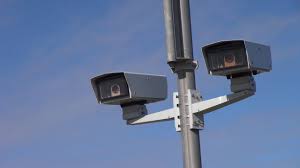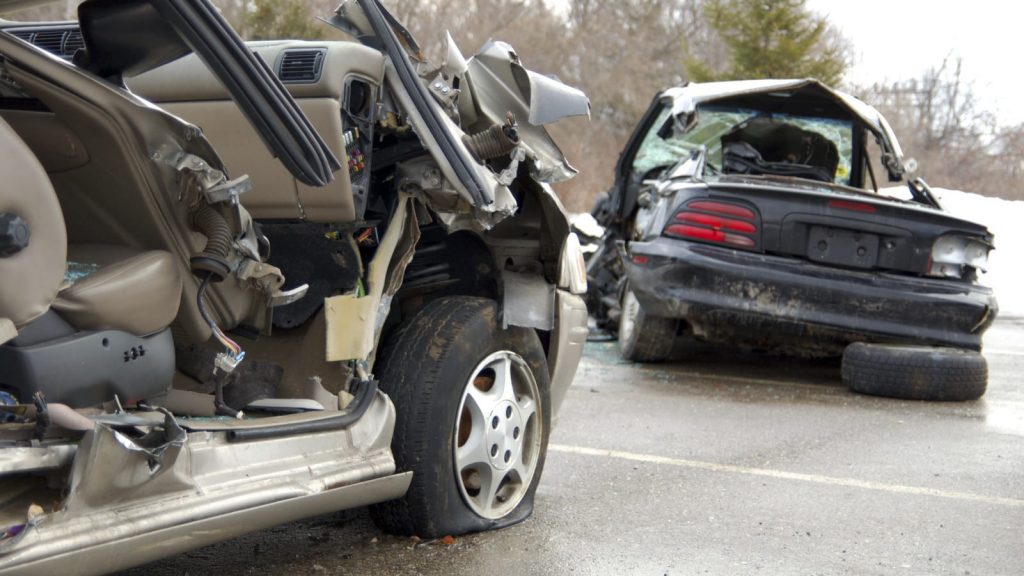RIO DE JANEIRO, BRAZIL – President Jair Bolsonaro’s pledge to shut down speed cameras, on the grounds that there is an “industry of fines” in Brazil, has been rigorously fulfilled on federal highways administered directly by the government.
Data obtained by GLOBO, through the Access to Information Act, show that almost all stationary equipment in operation in January on the roads have been deactivated since March.

While federal roads experienced a speed camera “blackout,” severe accidents – recording deaths or injuries – soared in the first seven months of the year for the first time since 2011, when Brazil pledged to adopt targets set by the United Nations (UN) to ensure that traffic would be safer.
Experts heard by GLOBO say that the high number of severe cases is a cause for alarm because, in general, they are linked to speeding.
In addition to suspending the use of 299 portable radars by the Federal Highway Police (PRF) in August, the government did not renew or replace contracts that ensured the operation of 2,811 stationary equipment on the roads.
On September 2nd, the Brazilian highways under the responsibility of the National Department of Transportation Infrastructure (DNIT), which accounts for more than 90 percent of the federal road network, had only 439 permanent inspection equipment units.
According to an SOS Estradas survey based on PRF data, although total accidents, in general, fell by eight percent compared to the same period last year, severe accidents rose by two percent in 2019, from 10,038 to 10,212 occurrences, interrupting the trend of consecutive declines since 2011.
Between January and July 2019, the number of serious injuries also rose compared to last year, from 10,141 to 10,436 records. Rodolfo Rizzotto, from SOS Estradas, also alerts that, while in 2018 there was a 17 percent drop in the total number of deaths on the roads, the reduction this year was only 1 percent, from 3,038 to 3,000 cases.
He points out that most of the stationary cameras turned off were still in operation between January and March, which avoided an even greater impact.

“The shutdown of speed cameras endangers those who live on the side of the highways. In practice, we are without speed control on federal highways because even police officers can’t act”. Rizzotto says the radars that are operating work by judicial or contractual decision, considering that the data do not account for the period after the PRF was prohibited from using hand-held radars.
Sought to comment on the increase in severe accidents and injuries on the roads, the Ministry of Infrastructure has not responded.

